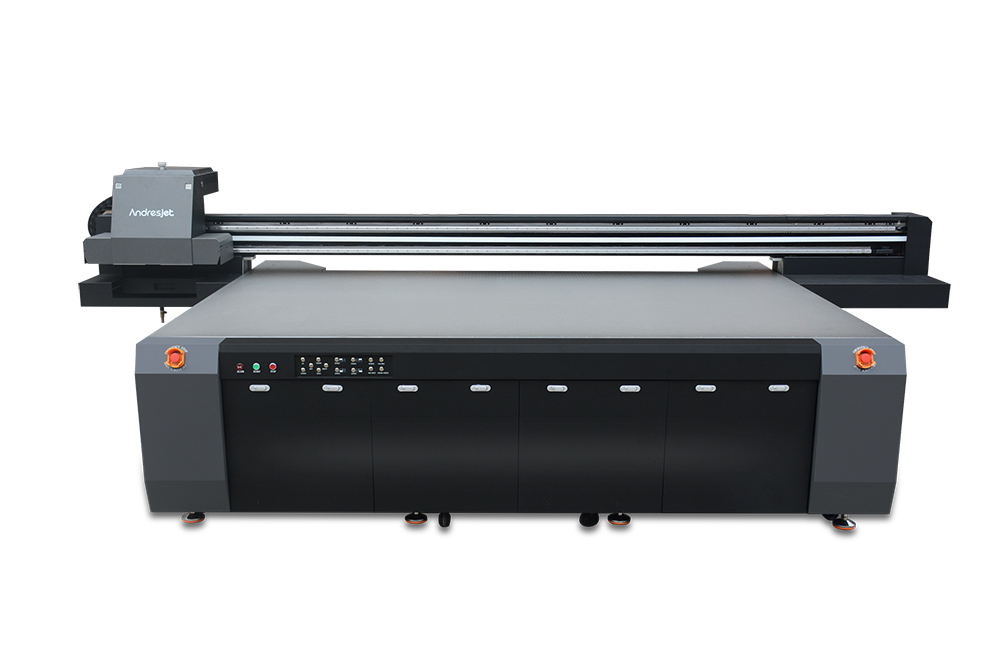What is the Difference Between UV Flatbed and Screen Printing?
What is the Difference Between UV Flatbed and Screen Printing?
In the realm of printing technology, two methods have gained significant popularity for their unique applications and advantages: UV flatbed printing and screen printing. Both techniques serve distinct purposes and excel in specific contexts, making them indispensable tools in the printing industry. This article aims to delve into the intricacies of these two methods, exploring their fundamental differences, applications, and the advantages they offer.

Understanding UV Flatbed Printing
UV flatbed printing, also known as UV-LED printing, is a digital printing technique that utilizes ultraviolet (UV) light to cure or dry ink instantly on a flat surface. This technology allows for direct printing onto various materials, including glass, wood, metal, plastic, and even flexible substrates like leather and fabric, making it highly versatile. The process involves depositing ink onto the material in a precise pattern controlled by a computer, followed by immediate curing with UV light.
One of the key advantages of UV flatbed printing is its ability to produce high-resolution prints with vibrant colors and sharp details. The instant curing mechanism ensures that the ink dries quickly, enabling fast turnaround times and reducing the risk of smudging or bleeding. Furthermore, UV inks are known for their durability, resistance to fading, and scratch-resistant properties, making them ideal for outdoor applications and products requiring long-term exposure to environmental elements.
Exploring Screen Printing
Screen printing, on the other hand, is a traditional printing method that involves creating a stencil (or screen) for each color in the design. Ink is then pushed through the open areas of the screen onto the substrate using a squeegee. This technique is particularly suited for printing on flat or slightly curved surfaces and is commonly used in textiles, posters, signs, and artwork reproduction.
One of the defining characteristics of screen printing is its ability to produce bold, opaque colors that can cover large areas uniformly. It also excels at printing thick layers of ink, allowing for textured effects and vibrant, long-lasting prints. Screen printing is cost-effective for bulk orders as the setup costs are relatively high but the cost per unit decreases significantly with larger quantities.
Key Differences Between UV Flatbed and Screen Printing
Versatility and Substrate Compatibility:
UV flatbed printing offers greater versatility, accommodating a wide range of materials, including rigid and flexible surfaces.
Screen printing is more limited to flat or slightly curved surfaces and is commonly used on textiles and paper-based materials.
Ink Curing Process:
UV flatbed printing uses UV light to cure the ink instantly, enabling fast production times and reducing the risk of ink smudging.
Screen printing requires time for the ink to dry, which can be accelerated through heat or air drying methods.
Resolution and Detail:
UV flatbed printing is capable of producing extremely high-resolution prints with fine details and smooth transitions between colors.
Screen printing, while capable of producing sharp lines and bold colors, may not match the resolution and detail achievable with UV flatbed printing.
Cost-Effectiveness:
UV flatbed printing is more suitable for shorter runs or customized jobs due to its lower setup costs and ability to print directly from digital files.
Screen printing is more cost-effective for large-volume productions as the unit cost decreases with increasing quantity.
Ink Properties and Durability:
UV inks used in flatbed printing are known for their durability, resistance to fading, and scratch-resistant properties.
Screen printing inks can also be durable but may require additional treatments or coatings for outdoor applications.
Applications and Use Cases
UV flatbed printing finds its niche in applications requiring high-resolution prints, fast turnaround times, and the ability to print on a variety of materials. It is commonly used in the production of promotional items, personalized gifts, signage, architectural models, and even automotive and aerospace components.
Screen printing, meanwhile, is preferred for bulk orders, especially in the textile industry for printing t-shirts, posters, and banners. Its ability to produce bold, opaque colors and textured effects makes it ideal for artistic reproductions and designs that require a tactile quality.
Conclusion
In summary, UV flatbed printing and screen printing are two distinct printing methods, each with its own set of advantages and applications. UV flatbed printing offers unparalleled versatility, high-resolution capabilities, and fast curing times, making it suitable for a wide range of materials and customized jobs. Screen printing, on the other hand, excels at producing bold, opaque colors and is cost-effective for large-volume productions, particularly in textiles and paper-based materials.
Choosing between these two techniques ultimately depends on the specific requirements of the project, including the desired print quality, substrate material, production volume, and budget considerations. By understanding the fundamental differences between UV flatbed and screen printing, businesses and individuals can make informed decisions to achieve the best results for their unique printing needs.
